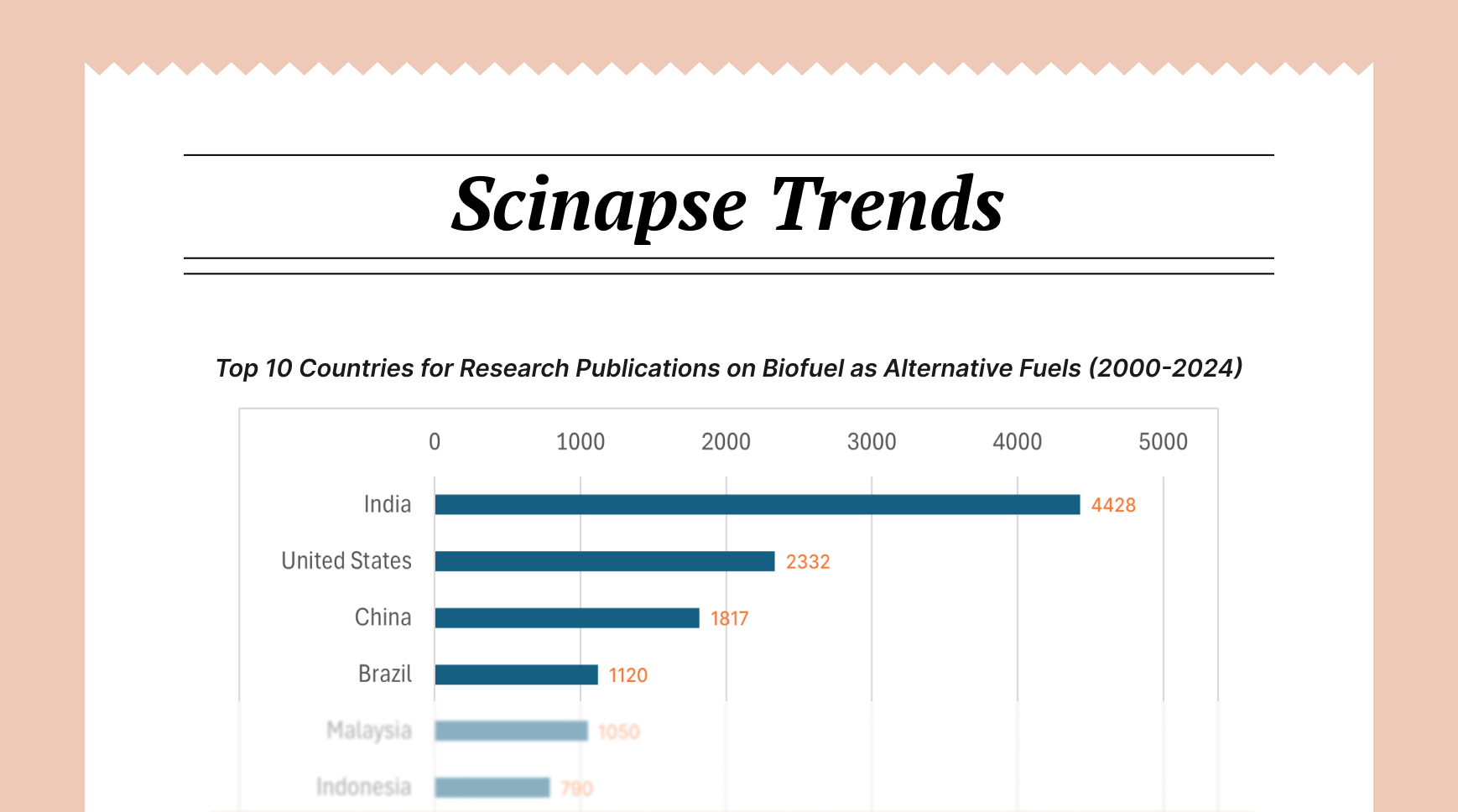Incretin-Based Therapies: Advancements in Dual and Triple Agonists and Expanded Clinical Applications (2020-2024)
Incretin Therapy Update: Discover dual/triple agonists (tirzepatide, retatrutide), new applications, CV/renal benefits & safety of GLP-1 RAs.
Introduction
Glucagon-like peptide-1 receptor agonists (GLP-1 RAs) have revolutionized the treatment of type 2 diabetes (T2D) and obesity. Recent research has focused on developing novel incretin-based therapies, including dual and triple agonists, and exploring the broader clinical applications and potential risks associated with these agents. This mini-review summarizes the key advancements in this field over the past five years, drawing exclusively from the provided list of papers.
Advancements in Multi-agonist Incretin Therapies
A significant area of progress involves the development and clinical evaluation of multi-agonist peptides. Kyle W. Sloop's group investigated the mechanisms by which GIP enhances the efficacy of GLP-1, highlighting the potential of dual GIP/GLP-1 receptor agonists (Ricardo J. Samms et al., 2020, Trends in Endocrinology and Metabolism). This concept was validated by clinical trials of tirzepatide, a dual GIP/GLP-1 receptor agonist. Julio Rosenstock's research group demonstrated the efficacy and safety of tirzepatide in patients with T2D in the SURPASS-1 trial (Julio Rosenstock et al., 2020, The Lancet; Julio Rosenstock et al., 2021, The Lancet). Further studies, including those led by Katelyn Brown, compared tirzepatide to semaglutide, showing superior glycemic control and weight reduction with the dual agonist (Juan P. Frías et al., 2020, New England Journal of Medicine; Juan P. Frías et al., 2021, New England Journal of Medicine). Michael A. Nauck's group has consistently highlighted the unmatched effectiveness of tirzepatide in glycemic control and weight loss (Michael A. Nauck et al., 2021, Cardiovascular Diabetology; Michael A. Nauck et al., 2022, Cardiovascular Diabetology).
The field has progressed beyond dual agonists to explore triple agonists. Tamer Coşkun's team reported on LY3437943, a novel triple glucagon, GIP, and GLP-1 receptor agonist, demonstrating its potential for glycemic control and weight loss (Tamer Coşkun et al., 2022, Cell Metabolism). Brian Finan's group showed that next-generation GLP-1/GIP/glucagon triple agonists can normalize body weight in obese mice (Patrick J. Knerr et al., 2022, Molecular Metabolism). Clinical trials of retatrutide, another GIP, GLP-1, and glucagon receptor agonist, have also shown promising results (Julio Rosenstock et al., 2022, The Lancet; Julio Rosenstock et al., 2023, The Lancet). More recently, Carel W. le Roux's group demonstrated the efficacy of the glucagon and GLP-1 receptor dual agonist survodutide for obesity in a phase 2 trial (Carel W. le Roux et al., 2024, The Lancet Diabetes & Endocrinology).
Expanding Clinical Applications and Delivery Methods
Research has also focused on expanding the clinical applications of GLP-1 RAs and exploring novel delivery methods. Sean Wharton's team investigated the efficacy of orforglipron, a daily oral GLP-1 receptor agonist, for adults with obesity (Sean Wharton et al., 2022, New England Journal of Medicine; Sean Wharton et al., 2023, New England Journal of Medicine). Aditi R. Saxena's group evaluated the efficacy and safety of danuglipron, another oral small molecule GLP-1 RA, for glycemic control in patients with T2D (Aditi R. Saxena et al., 2023, JAMA Network Open). Furthermore, Arun J. Sanyal's group explored the use of survodutide in MASH and fibrosis (Arun J. Sanyal et al., 2024, New England Journal of Medicine). Satish K. Garg's group investigated the efficacy of semaglutide in overweight and obese patients with type 1 diabetes (Satish K. Garg et al., 2024, Diabetes Technology & Therapeutics).
Cardiovascular and Renal Outcomes and Safety Considerations
Several studies have examined the cardiovascular and renal outcomes associated with GLP-1 RAs. Hertzel C. Gerstein's group reported on the cardiovascular and renal outcomes with efpeglenatide in T2D (Hertzel C. Gerstein et al., 2020, New England Journal of Medicine; Hertzel C. Gerstein et al., 2021, New England Journal of Medicine). Naveed Sattar's group conducted meta-analyses to assess the cardiovascular event risk associated with tirzepatide (Naveed Sattar et al., 2020, Nature Medicine; Naveed Sattar et al., 2021, Nature Medicine; Naveed Sattar et al., 2022, Nature Medicine) and to evaluate the role of GLP-1 RAs in reducing atherosclerotic cardiovascular risk (Nikolaus Marx et al., 2021, Circulation; Nikolaus Marx et al., 2022, Circulation). Peter Rossing's group described the rationale and design of the FLOW kidney outcomes trial with semaglutide in people with T2D and chronic kidney disease (Peter Rossing et al., 2022, Nephrology Dialysis Transplantation; Peter Rossing et al., 2023, Nephrology Dialysis Transplantation).
Safety concerns have also been addressed. Liyun He's group investigated the association of GLP-1 RA use with the risk of gallbladder and biliary diseases (Liyun He et al., 2022, JAMA Internal Medicine). Julien Bezin's group examined the association between GLP-1 RAs and the risk of thyroid cancer (Julien Bezin et al., 2022, Diabetes Care). Rong Xu's group explored the potential association between semaglutide and suicidal ideation (William Wang et al., 2023, Nature Medicine; William Wang et al., 2024, Nature Medicine), as well as the association of GLP-1 RAs with cancer risk (Lindsey Wang et al., 2024, JAMA Network Open; Lindsey Wang et al., 2024, Gastroenterology; Rachel Dankner et al., 2024, JAMA Network Open). Sudipta Sen's group investigated the association between GLP-1 RA use and residual gastric content before anesthesia (Sudipta Sen et al., 2024, JAMA Surgery).
Conclusion
The past five years have witnessed significant advancements in incretin-based therapies. The development and clinical validation of dual and triple agonists, such as tirzepatide and retatrutide, represent a major step forward in the treatment of T2D and obesity. Furthermore, research has expanded the clinical applications of GLP-1 RAs and explored novel delivery methods, including oral formulations. Ongoing research continues to evaluate the long-term cardiovascular and renal outcomes and to address potential safety concerns associated with these agents.
✨ About This POST
This mini-review post was generated through Scinapse. Scinapse provides reliable research trend analysis using citation analysis and AI technology.
Check out the trends in your field too!
Get started at https://scinapse.io


Comments ()